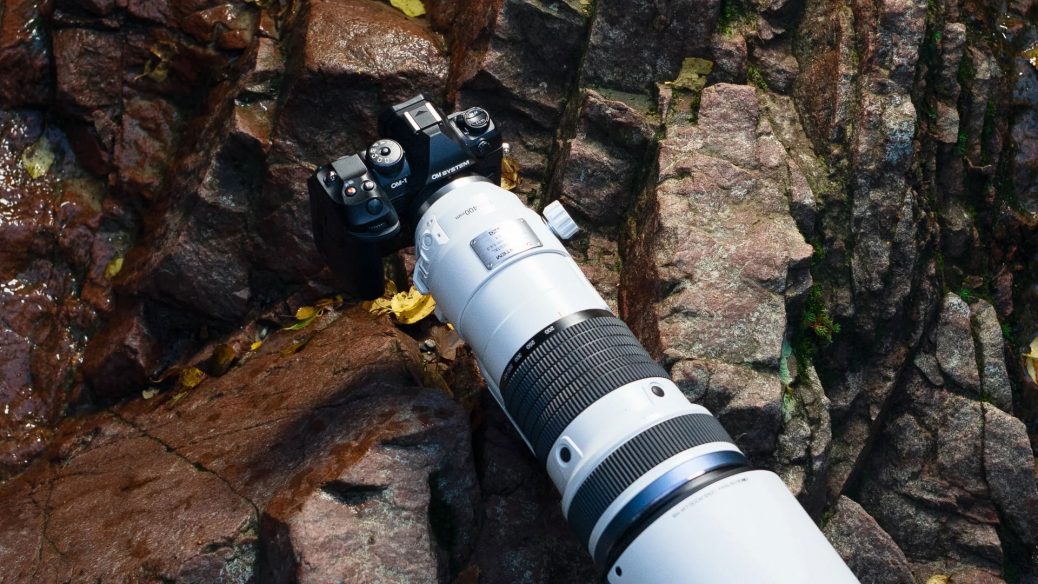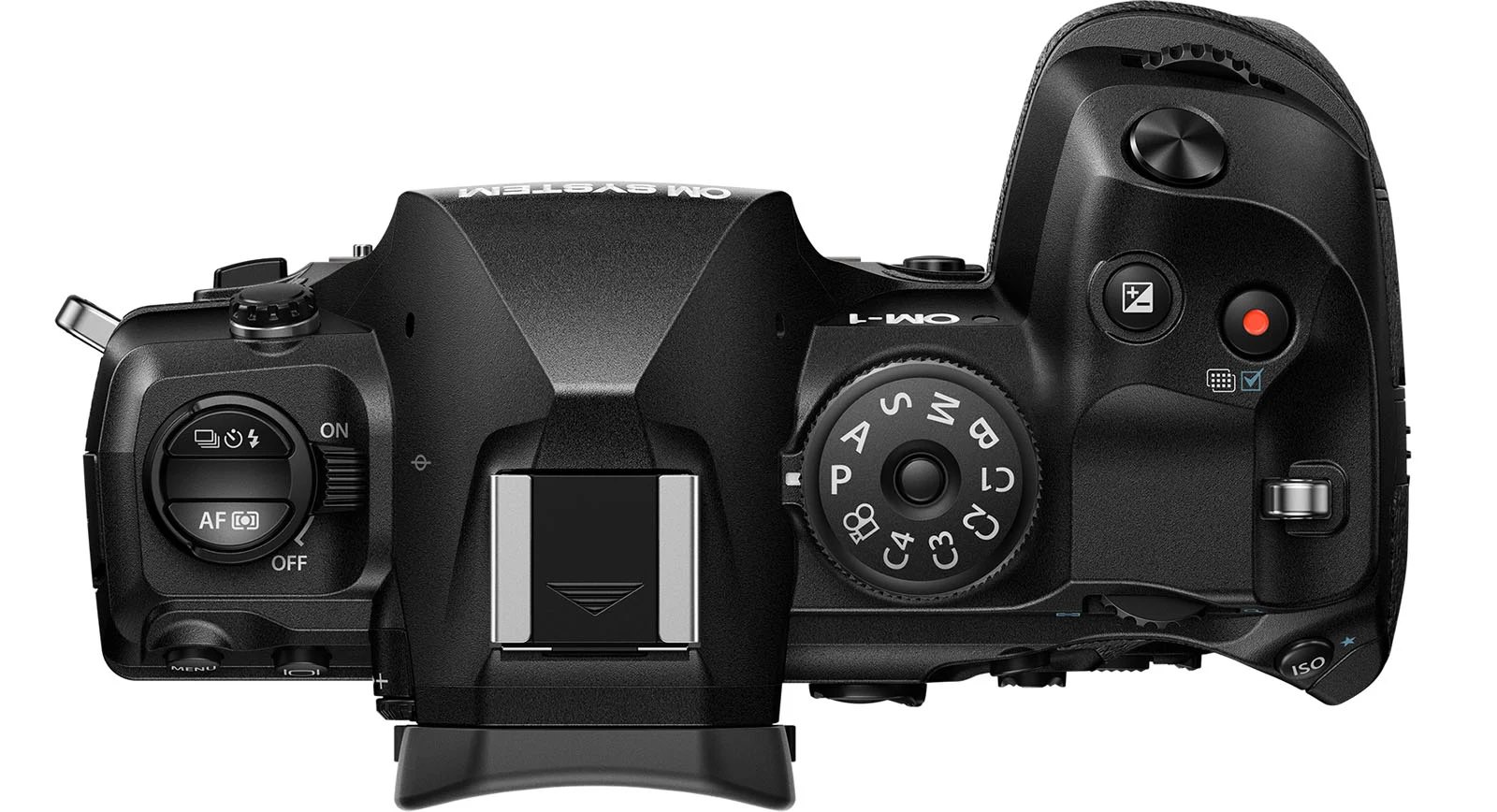OM System Introduces the New OM-1 Mark II Camera
OM Digital Solutions Corporation has introduced the OM System OM-1 Mark II. The successor to 2022’s OM-1 flagship camera retains everything that made the OM-1 “the best Micro Four Thirds camera ever made,” but there are no changes to the camera’s image sensor (a 20-megapixel stacked backside-illuminated Live MOS chip) or TruePic X image processor.
Autofocus is one area where the OM System promises to make future improvements. The company claims that autofocus accuracy has greatly increased, particularly for fast-moving targets. The camera also offers human detection as an option.
Despite maintaining the image processing pipeline, OM has expanded the Mark II’s memory, resulting in certain buffer depth changes. Sequential shooting speeds remain constant, allowing for up to 50 frames per second with full AF/AE and 120 fps with locked AF/AE, but photographers may now capture more than 200 RAW frames at 120 fps, up from about 90.
The camera can also shoot blackout-free at slower frame rates than previously. There was no blackout at 50 fps previously, but several photographers wanted the same experience at slower speeds, so users may now choose 12.5 and 16 fps rates while still getting a blackout-free viewfinder.
Some photographers thought the original OM-1’s dials were mediocre and difficult to use while wearing gloves. OM heard the criticisms, therefore the OM-1 II has rubberized control dials for a better tactile feel and response.
Computational photography has long been an integral part of Olympus and now OM System cameras, and the OM-1 Mark II is no exception. Beyond the standard set of features such as Live ND and High Res Shot (50 megapixels handheld and 80 megapixels with a tripod), the OM-1 II includes the world’s first Live GND (Graduated ND) function.
Photographers can use this to simulate the effects of a graded ND filter, which is a popular choice for landscape photographers, without having to use actual filters. In addition, users can change the filter stages and kind of Live GND filter in real time. Users can change the location and angle of the light-to-dark transition, as well as select mild, medium, or hard gradations.
The OM-1 II now contains an upgraded Live ND feature, which now has a strength of up to ND128, which is double that of the original OM-1’s strongest Live ND filter choice of ND64.
The High Res Shot mode now allows photographers to capture 14-bit RAW files instead of 12-bit RAW files. The notable upgrades conclude with an upgraded in-body image stabilization system. The OM-1 was already an excellent camera for handheld shooting, thanks to its compact and lightweight construction and seven-stop stabilization mechanism. The OM-1 II has 8.5 stops of shake compensation.
The OM System OM-1 Mark II will be available in late February for $2,400 body solo or $3,000 with the OM System M.Zuiko Digital ED 12-40mm f/2.8 Pro II zoom lens.


